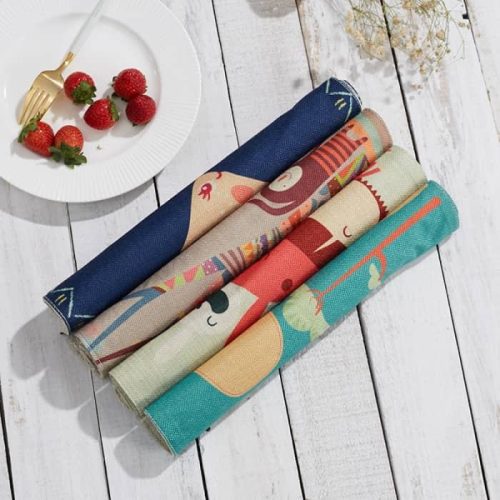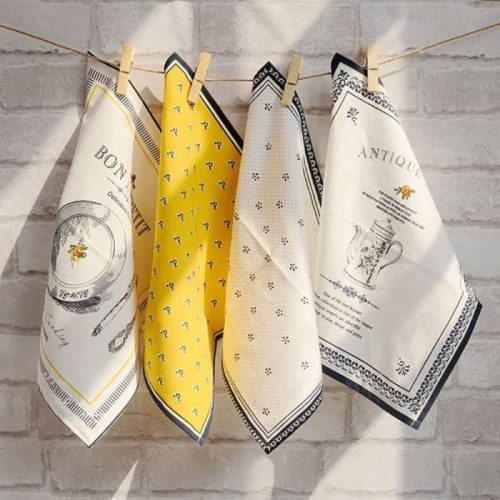Towels have an interesting history and a variety of anecdotes associated with their use. Here are a few towel tales, anecdotes, and stories:
- The Hitchhiker’s Guide to the Galaxy: In Douglas Adams’ famous book series, “The Hitchhiker’s Guide to the Galaxy,” a towel is humorously described as “the most massively useful thing an interstellar hitchhiker can have.” The book humorously emphasizes the importance of towels in various situations, portraying them as versatile tools for intergalactic travelers.
- Towel Day: In honor of Douglas Adams, fans celebrate “Towel Day” on May 25th each year. It’s a day where fans carry a towel with them in homage to the author and his iconic reference to the importance of towels in the universe.
- Towel Animals on Cruise Ships: On many cruise ships, cabin attendants creatively fold towels into animal shapes as a form of decorative art. It’s a fun tradition where guests return to their rooms to find towel animals such as swans, elephants, or monkeys awaiting them.
- The Tale of the Turkish Towel: Turkish towels, also known as peshtemals, have a rich history dating back centuries. Originally used in Turkish baths, these towels are flat-woven with intricate designs and are highly absorbent. They were not only used for drying but also as garments or even currency in the past.
- Towels in Sporting Events: In some sports, towels have become a symbol of victory or a form of celebration. Athletes use towels to wipe off sweat or wrap themselves after a strenuous match. Towels tossed by athletes to fans often become prized possessions and are sometimes auctioned for charity.
- Towel Innovations: The evolution of towels has seen innovative designs and materials. From microfiber towels for outdoor activities to ultra-absorbent and quick-drying towels for travel, the textile industry continually introduces new types of towels catering to specific needs and preferences.
These anecdotes and stories showcase the cultural significance, versatility, and even whimsy associated with towels, proving that they are more than just functional items but can also hold sentimental, practical, and even artistic value in various contexts.


